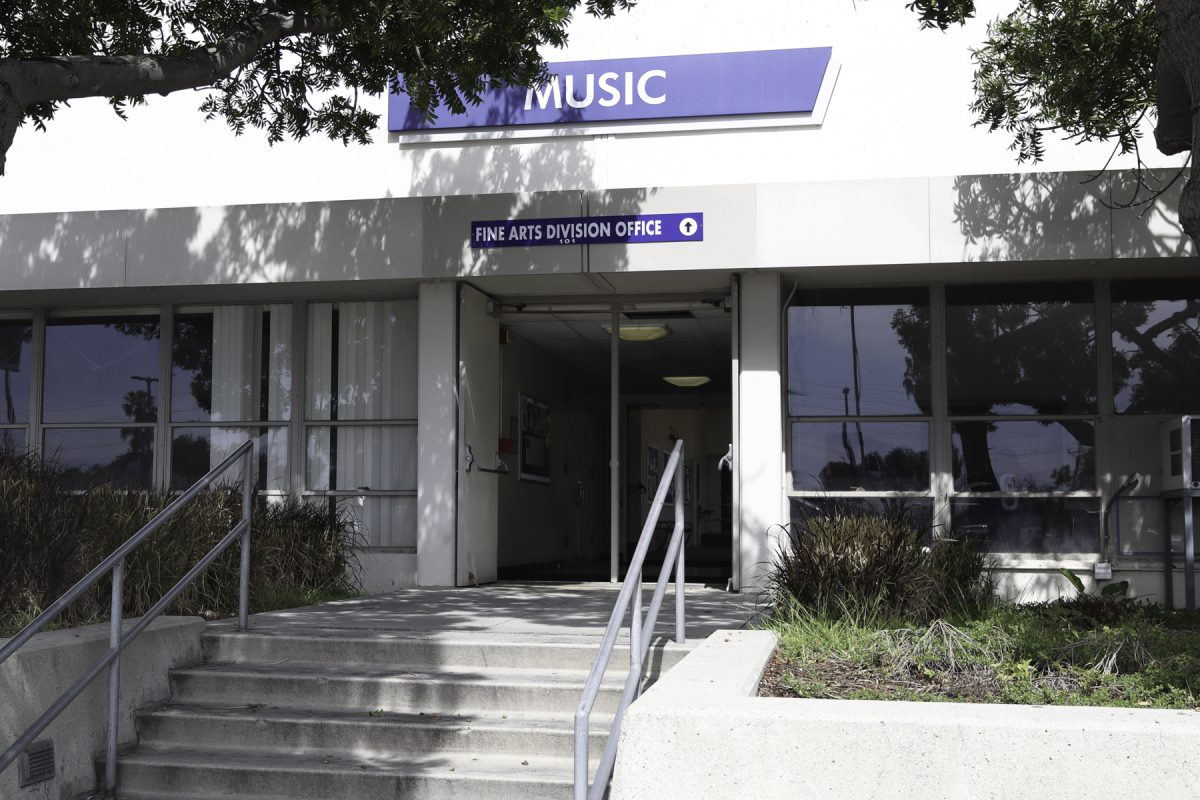Full-time enrollment for the current spring semester has grown 11.3% compared to spring 2022 thanks to pandemic-era assistance programs such as the Emergency Conditions Recovery Program.
Towards the end of the virtual College Council meeting on Feb. 22, President Brenda Thames told attendees over Zoom that enrollment has been progressing partially due to the funds that have been given to outreach programs.
“It’s cheaper to keep [students] than to keep replacing them,” Thames said regarding the retention of new and former students.
As part of the Emergency Conditions Recovery Plan due to the pandemic, El Camino College has received $23 million to increase enrollment and completion, specifically targeting full-time equivalent students.
Since the COVID-19 pandemic affected El Camino in the 2020 spring semester, enrollment has declined for the college.
The student headcount decreased from 33,248 in the 2019-2020 academic year to 28,573 during 2021-2022.
Vice President of Academic Affairs Carlos Lopez said during the meeting enrollment has increased during the 2023 winter and spring semesters.
“After leveling out last fall, enrollment was strong in the winter and spring, over our target by nearly 4%,” Lopez said.
According to the Emergency Conditions Recovery Plan Update, enrollment started to rebound during the fall 2022 semester adding 93 full-time students, a 1.4% increase over fall 2021.
Enrollment then continued to increase during the spring 2023 semester adding 529 full-time students, which is an 11.3% increase compared to spring 2022.
Director of financial aid Chau Dao told The Union that having more students enrolled at the college is beneficial since El Camino receives funding based on numbers in areas such as enrollment, retention, and financial aid that are reported to the state.
“If the numbers [mentioned] go up, then El Camino’s funding goes up, which is a huge benefit so that we can continue to give students help,” Dao said.
There are financial aid resources on campus, such as Cash for College and academic progress workshops where students can be informed of scholarship opportunities in addition to receiving help from counselors to keep track of their financial aid status.
Dao added the financial aid department is going to be collaborating with the Student Resource Center and High Tech Center to “ensure students gain trust with the college and see that there is help available for them.”
Having enrolled students apply for scholarships and grants helps the financial aid office determine who may need assistance, and Dao would like students to continue applying.
“If students are not in our database, then we don’t know who may need [financial] aid,” Dao said. “You may never know what you qualify for unless you apply.”
According to the recovery plan, El Camino has been more engaged with the community, encouraging them to apply and continue their studies with outreach and support in areas such as financial aid assistance, marketing, enrollment management and student retention.
Lopez said efforts in recovering students lost during the pandemic should continue up to the 2024-2025 academic year where at that point “the goal is to cross into a large college zone.”













